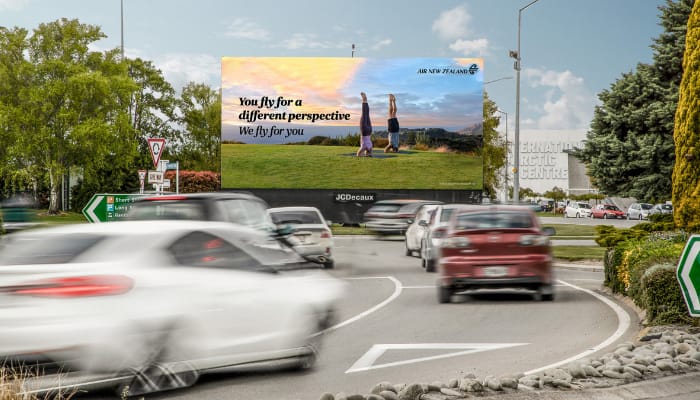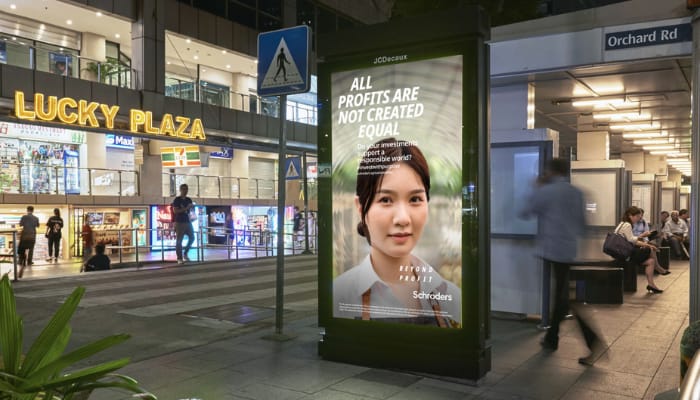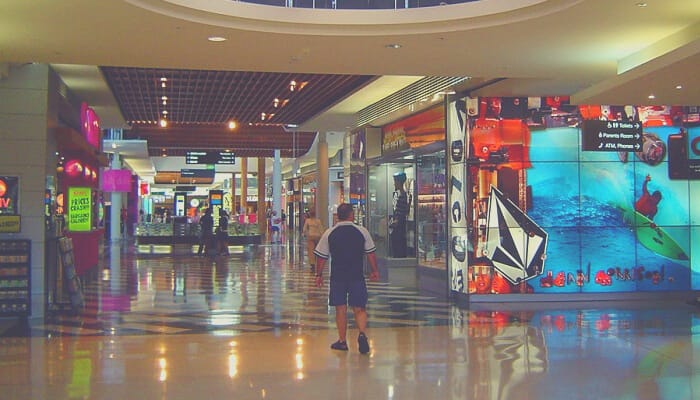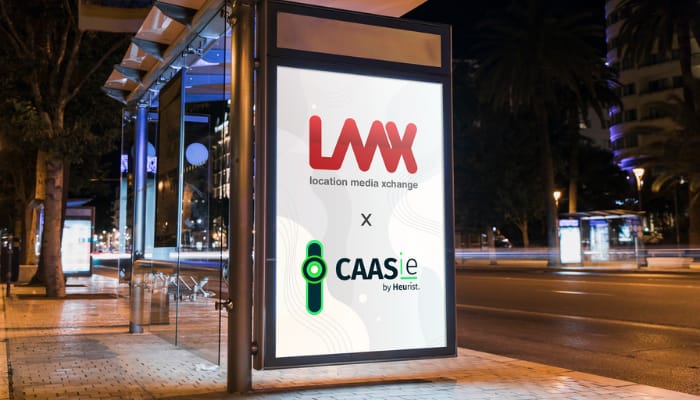Auckland, New Zealand – Out-of-home media company JCDecaux in New Zealand and global digital out-of-home marketplace VIOOH have launched their programmatic offering in partnership with Air New Zealand.
Said campaign is the first to run programmatically across JCDecaux New Zealand’s airport portfolio. Additionally, it is the first campaign in New Zealand to leverage the global integration between VIOOH’s supply-side platform and Yahoo’s demand-side platform.
The offering, called as ‘JCDecaux PROGRAMMATIC’, is now available to all advertisers interested in booking digital inventory in and around Auckland, Christchurch and Queenstown Airports, and offers the benefit of short-booking lead times and the ability to ‘switch on, switch off and pause’ a campaign. Programmatic digital out-of-home also provides the ability to buy inventory on specific days or during selected dayparts, and based on specific triggers, such as the weather.
“The launch of JCDecaux PROGRAMMATIC in airports is an important first step towards the wider launch, which will include all JCDecaux roadside Digital Large Format locations, planned for early 2022. Programmatic buying is set to transform the industry in New Zealand, offering advertisers access to high-quality out-of-home inventory with true control and even greater flexibility,” said Mike Watkins, country head at JCDecaux New Zealand.
JCDecaux New Zealand’s exclusive global supply-side platform VIOOH, automates the planning and trading of digital out-of-home. Globally, VIOOH is connected with over 34 DSPs, including foundation partners for the New Zealand market Yahoo and Vistar. In New Zealand, JCDecaux’s programmatic offering will be DSP agnostic, with more integrations planned in the coming months.
“I’m delighted to be announcing our first programmatic out-of-home campaign in New Zealand. New Zealand is a new and growing market for VIOOH, so I’m excited to see how our programmatic out-of-home offerings will enable more advertisers in this market to have access to high quality, targeted media activations for their digital out-of-home campaigns, and therefore drive more efficacy and optimized results,” said Jean-Christophe Conti, chief executive officer at VIOOH.
The campaign is also made possible by dentsu and Yahoo’s omnichannel demand-side platform (DSP).
“Yahoo’s omnichannel DSP makes it easy for advertisers to connect to consumers no matter where they are. To have JCDecaux, a leading out-of-home player, plugged in and trading programmatically on the platform opens up a new world of possibilities. This is only the start of our very exciting global partnership with VIOOH and JCDecaux,” said John McNerney, director of platforms for ANZ at Yahoo.
Meanwhile, Richard Pook, GM for products and partnerships at dentsu, commented, “It’s great to see JCDecaux launching programmatic outdoor with Air New Zealand, offering them flexibility, superior efficiency and audience buying capability. As we fully scale inventory availability in New Zealand over the next few months, I am sure that clients and agencies will rapidly embrace this new and exciting way of buying out-of-home audiences.”













